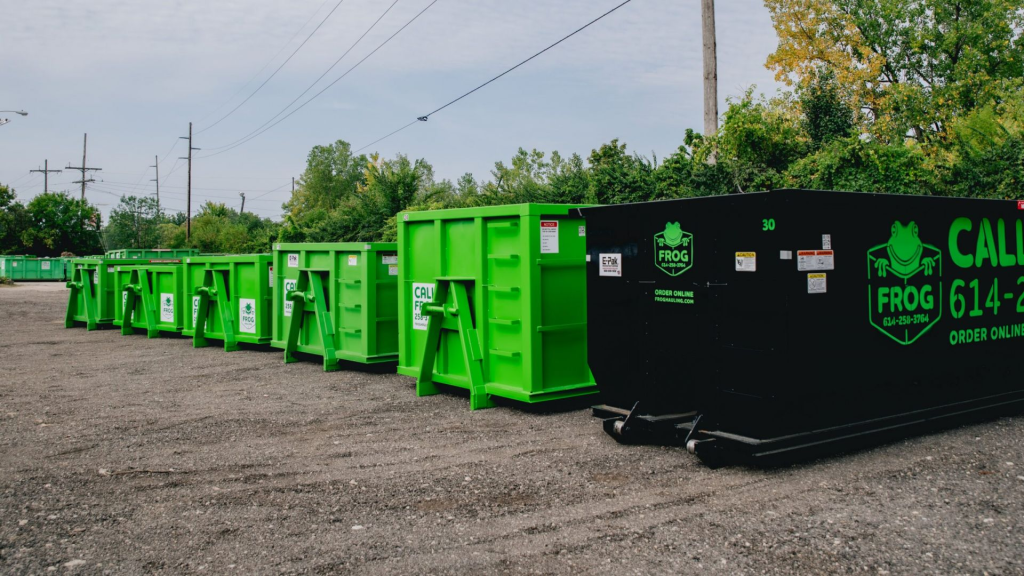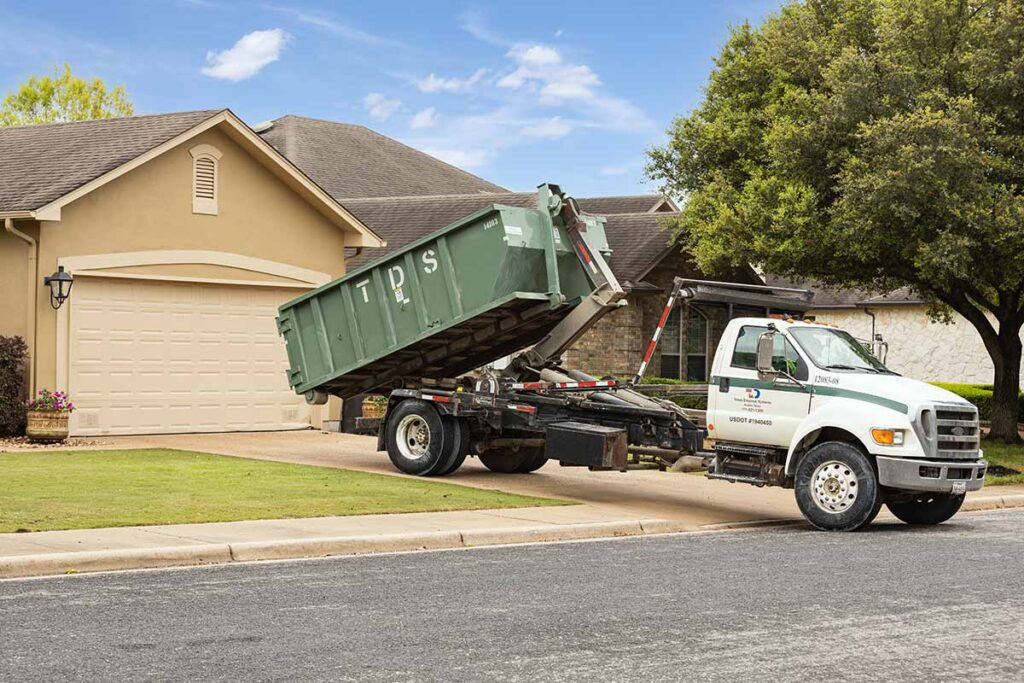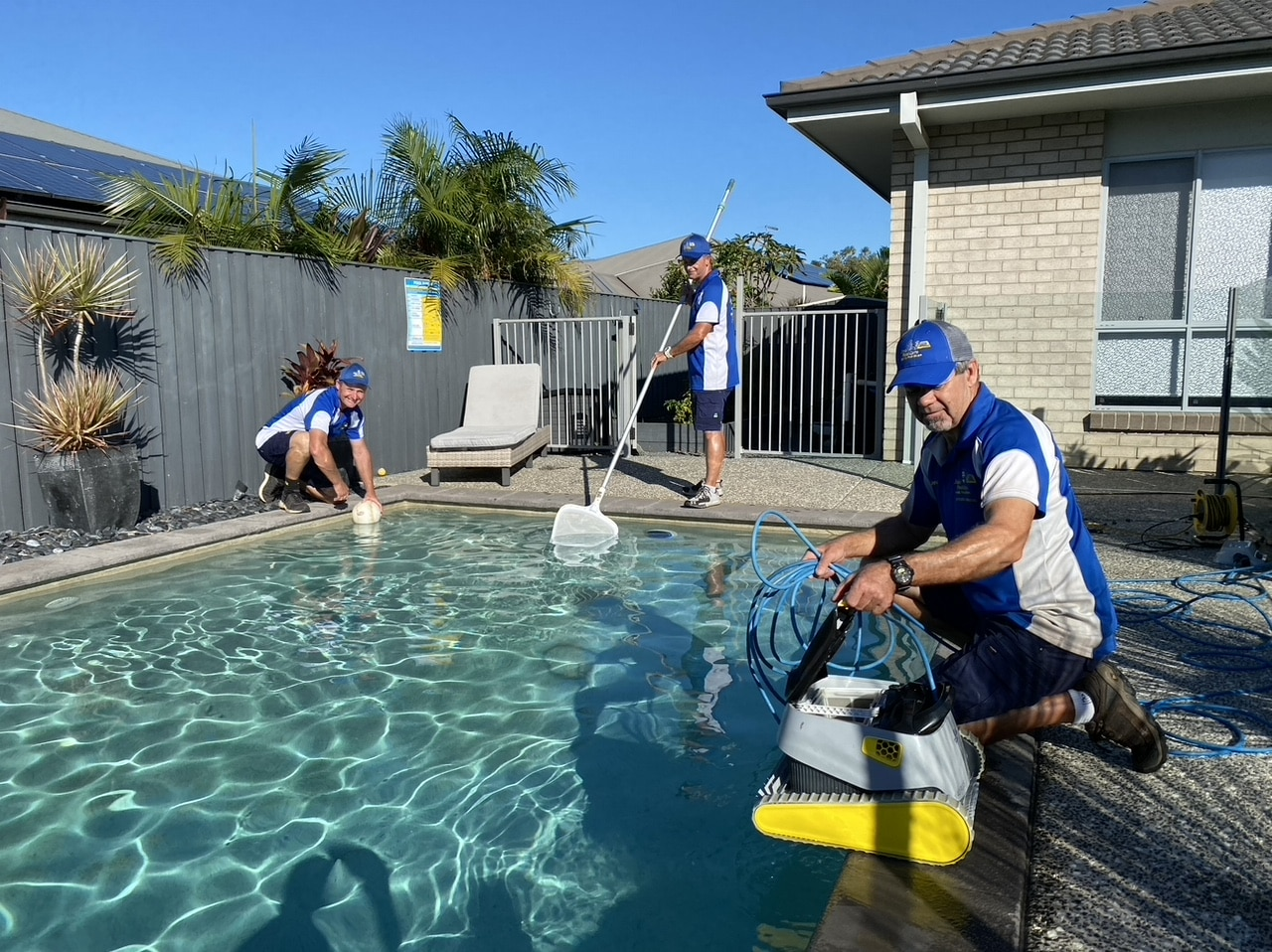If you’ve ever tackled a major home renovation, yard cleanup, or construction project, you know how quickly waste can pile up. From old furniture to broken drywall, debris can turn your space into a chaotic mess. That’s where dumpster rentals come in — a simple, efficient, and cost-effective solution for managing large volumes of waste.

Whether you’re a homeowner clearing out the garage or a contractor managing a job site, understanding how dumpster rental works can save you time, money, and frustration.
1. What Is a Dumpster Rental and Why You Might Need One
A dumpster rental is a temporary waste management service that provides a large container (often called a roll-off dumpster) delivered to your property. You fill it with debris, and once it’s full, the rental company picks it up and disposes of the contents responsibly.
Dumpster rentals are ideal for:
- Home Renovations: Flooring, cabinets, and old drywall removal.
- Yard Cleanups: Branches, soil, and landscaping debris.
- Moving or Downsizing: Furniture, clutter, and general junk.
- Construction or Roofing Projects: Heavy materials like shingles, concrete, or bricks.
By using a dumpster, you avoid multiple trips to the landfill and ensure your waste is handled safely and legally.
2. Common Dumpster Sizes and Their Uses
Choosing the right size is crucial — too small, and you’ll need extra hauls; too big, and you’ll overpay. Most U.S. rental companies offer standard sizes:
| Dumpster Size | Approx. Capacity | Typical Use Case |
|---|---|---|
| 10-yard | ~3 pickup truck loads | Small cleanouts, minor remodeling |
| 20-yard | ~6 pickup truck loads | Medium renovations, roofing jobs |
| 30-yard | ~9 pickup truck loads | Large remodels, estate cleanouts |
| 40-yard | ~12 pickup truck loads | Major construction or demolition projects |
Pro Tip: For most residential projects, a 20-yard dumpster offers the best balance between capacity and cost.
3. Average Dumpster Rental Costs Across the U.S.
Prices vary depending on location, size, weight limit, and rental duration. As of 2025, average U.S. dumpster rental costs are:
| Dumpster Size | Average Price Range (USD) |
|---|---|
| 10-yard | $250 – $400 |
| 20-yard | $350 – $550 |
| 30-yard | $450 – $650 |
| 40-yard | $600 – $850 |
Regional differences:
- Midwest & South: Usually the most affordable ($250–$450).
- West Coast: Slightly higher due to disposal fees ($400–$700).
- Northeast: Highest costs, often including city permit fees ($500–$850).
Many companies charge extra fees for overweight dumpsters, extended rental times, or prohibited materials (like tires or electronics). Always ask for a detailed price breakdown before signing.
4. What Can and Cannot Go Into a Dumpster
While dumpsters can handle most debris, there are restrictions for safety and environmental reasons.
✅ Allowed:
- Wood, drywall, shingles, flooring
- Yard waste and general household junk
- Furniture, old appliances (non-hazardous)
❌ Not Allowed:
- Paint, oil, and chemicals
- Batteries and electronics
- Tires, propane tanks, and asbestos
- Medical or hazardous waste
If you’re unsure, ask your provider for a list of prohibited materials to avoid fines.
5. How to Choose the Right Dumpster Rental Company
Not all rental services are equal — a reliable provider ensures smooth delivery, transparent pricing, and safe disposal. Here’s what to consider:
- Local Reputation: Look for companies with positive reviews and good customer service.
- Transparent Pricing: Avoid firms that charge vague “service” or “fuel” fees. Ask for an all-inclusive quote.
- Flexible Rental Periods: Most companies offer 5–10 days, but choose one that can adjust to your project timeline.
- Proper Permits: If the dumpster will sit on a public street, check local city permit requirements.
- Responsible Disposal: Reputable companies follow environmental regulations and recycle materials when possible.
6. Common Mistakes to Avoid
Even with the best intentions, it’s easy to make costly errors when renting a dumpster:
- Choosing the wrong size: Underestimating waste volume can double your cost.
- Overloading: Exceeding weight limits leads to heavy surcharges.
- Ignoring restrictions: Disposing of banned materials may result in fines.
- Poor placement: Ensure your driveway or work area can support the dumpster’s weight.
Planning ahead helps you avoid these headaches and ensures a smooth project.
7. Tips for a Smooth Dumpster Rental Experience
- Schedule delivery a few days before your project starts.
- Use plywood under the dumpster to protect your driveway.
- Load heavy items first and distribute weight evenly.
- Cover the dumpster if it rains — wet debris weighs more and can increase fees.
- Call for pickup as soon as you’re done to avoid extra-day charges.

8. Final Thoughts
Renting a dumpster may not be glamorous, but it’s one of the most practical and time-saving solutions for managing waste during home and business projects. The right size, provider, and preparation can make all the difference between a smooth cleanup and a frustrating mess.
By understanding costs, restrictions, and best practices, you can choose confidently — keeping your property clean, compliant, and stress-free.
In short: A good dumpster rental isn’t just about trash — it’s about saving time, protecting your property, and finishing your project the right way.



